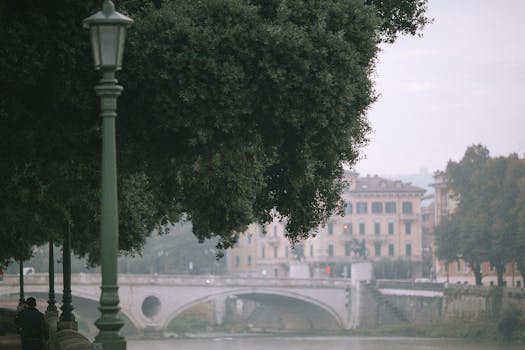
Urban Green Spaces: The Future of Outdoor Living in European Cities by 2025
Urban Green Spaces are becoming increasingly important in European cities, and for good reason. As the world becomes more urbanized, the need for green spaces has never been more pressing. These areas not only provide a peaceful escape from the hustle and bustle of city life but also play a crucial role in maintaining the environmental and social health of urban ecosystems.
Introduction to Urban Green Spaces
Urban Green Spaces refer to any area of vegetation in an urban environment, including parks, gardens, green roofs, and green walls. These spaces can range from small, community-led initiatives to large, municipal-funded projects. The focus keyword Urban Green Spaces is at the forefront of this discussion, as it highlights the significance of incorporating green areas into urban planning.
Benefits of Urban Green Spaces
There are numerous benefits associated with urban green spaces, including improved air quality, reduced noise pollution, and enhanced mental health and wellbeing. Urban green spaces also provide opportunities for recreation and socialization, helping to build stronger, more cohesive communities. Furthermore, these spaces can help to mitigate the urban heat island effect, reduce stormwater runoff, and support biodiversity in urban areas.
Examples of Urban Green Spaces in European Cities
Many European cities are already embracing the concept of urban green spaces, with some notable examples including the High Line in Paris, the Westergasfabriek in Amsterdam, and the Prinzessinnengarten in Berlin. These projects demonstrate the potential for urban green spaces to transform neglected or underutilized areas into vibrant, community-focused hubs.
Challenges and Opportunities for Urban Green Spaces
Despite the many benefits of urban green spaces, there are also challenges to be addressed. These include limited funding, competing land uses, and community engagement. However, these challenges also present opportunities for innovation and collaboration, as cities and communities work together to create sustainable, inclusive, and resilient urban green spaces.
Conclusion
In conclusion, urban green spaces are a vital component of sustainable urban planning, and their importance will only continue to grow in the coming years. As we look to the future of outdoor living in European cities by 2025, it is clear that urban green spaces will play a central role in shaping the health, wellbeing, and resilience of urban ecosystems. By prioritizing the development and maintenance of these spaces, we can create more livable, equitable, and sustainable cities for all.




